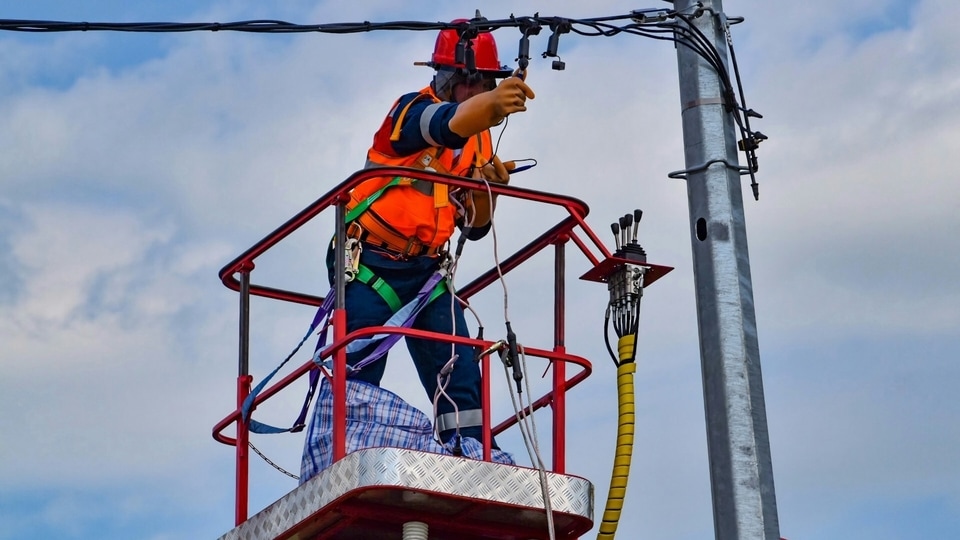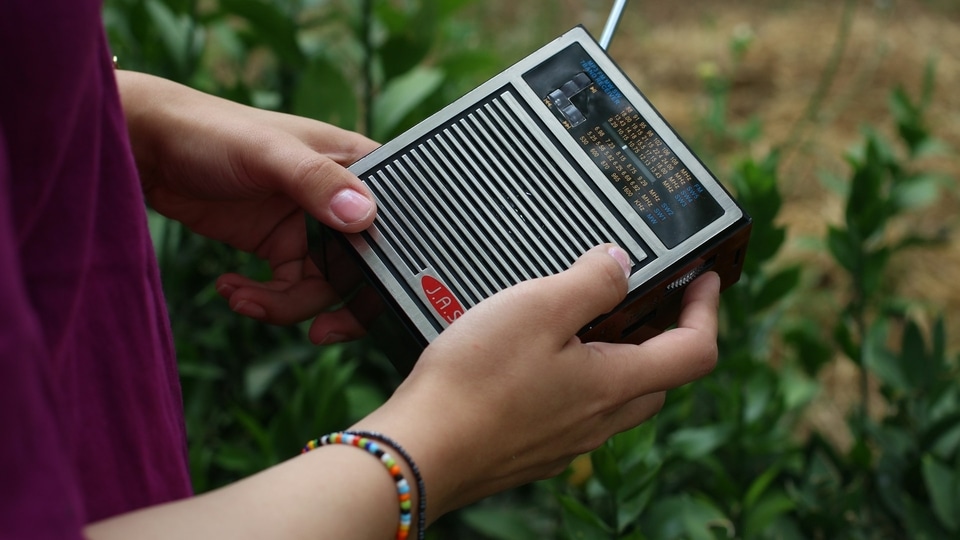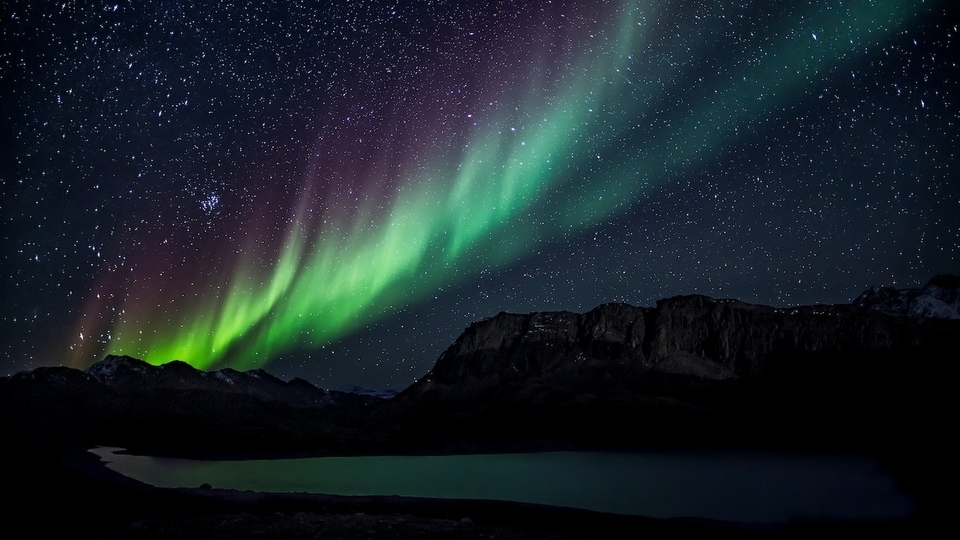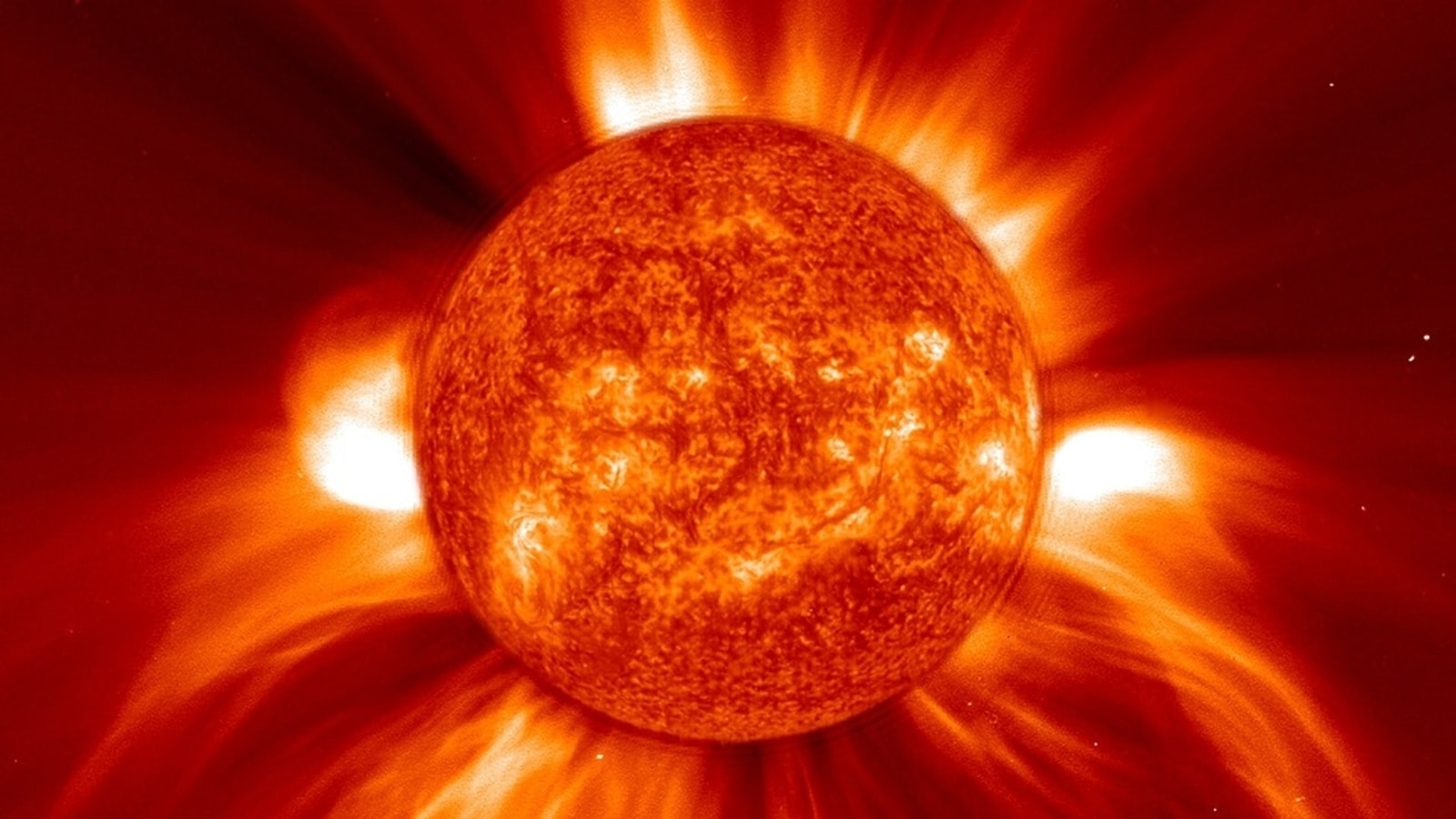Volatile Sunspot all set to spew out solar flare, trigger a solar storm, reveals NASA
In a new development, NASA says that a sunspot could hurl out an M-class solar flare which could trigger a solar storm. Check the details of this solar storm alert.






 View all Images
View all ImagesIn the last two months, we've witnessed a sharp increase in solar activity. This is due to the approaching solar maximum, a period in the Sun's 11-year cycle where its activity is at its peak. Consequently, Earth has been bombarded with solar particles, CMEs, solar flares, solar storms and geomagnetic storms. Just recently, a G2-class geomagnetic storm sparked auroras over the Arctic Circle. In a new development, NASA says that a sunspot could hurl out an M-class solar flare which could trigger a solar storm. Check details.
Also Read: Know when and where to witness total solar eclipse 2024
Solar storm
According to a report by spaceweather.com, NASA's Solar Dynamics Observatory (SDO) forecasts that a region on the Sun's surface, termed Sunspot AR3595, has the potential to emit solar flares. There is a chance for M-class solar flares to be hurled out and hit Earth soon.
Also Read: Geomagnetic storm sparks stunning auroras around the Arctic Circle
The report states, “Sunspot AR3595 has a 'beta-gamma' magnetic field that harbors energy for M-class flares”. Since solar flares travel out directly from the flare site, if we can see the flare, we can be impacted by it.
Are M-class solar flares dangerous?
According to NASA, M-class solar flares are moderate in intensity and have the potential to cause brief radio blackouts. This is because when solar particles hit Earth, the radio communications and the power grid are affected when they hit the planet's magnetic field. It can cause power and radio blackouts for several hours or even days. M-class solar flares can also be followed by minor radiation storms.
Solar flares are classified according to their strength on the logarithmic scale, similar to how earthquakes are measured. The smallest ones are A-class which occur at near background levels, followed by B, C, and M, while X-rated flares are the strongest. Similar to the Richter scale for earthquakes, each letter represents a 10-fold increase in energy output. Within each letter class, there is a finer scale from 1 to 9.
One more thing! We are now on WhatsApp Channels! Follow us there so you never miss any updates from the world of technology. To follow the HT Tech channel on WhatsApp, click here to join now!
Catch all the Latest Tech News, Mobile News, Laptop News, Gaming news, Wearables News , How To News, also keep up with us on Whatsapp channel,Twitter, Facebook, Google News, and Instagram. For our latest videos, subscribe to our YouTube channel.





























